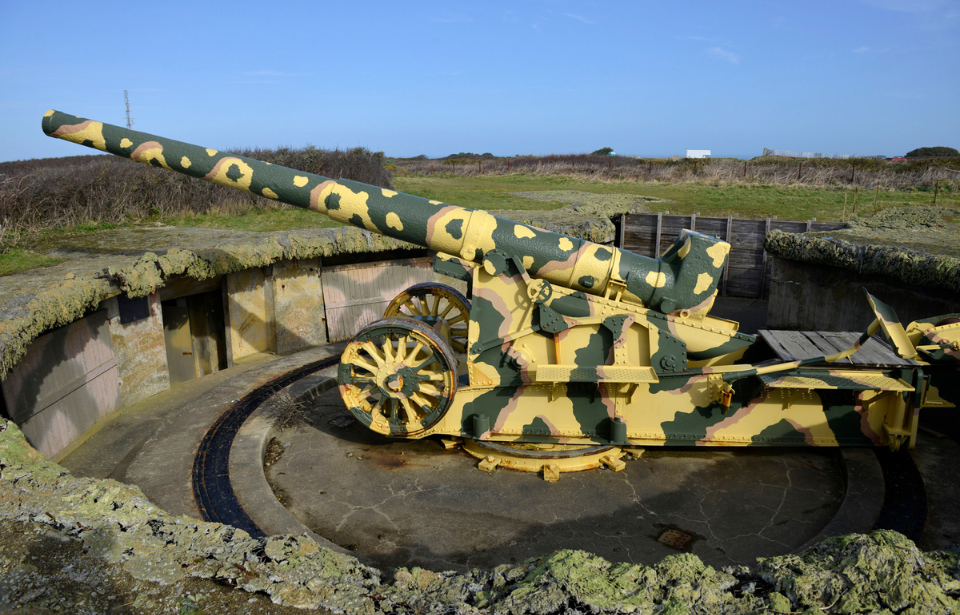The tiny Channel Island of Guernsey holds the record of being the most fortified place along the German military’s Atlantic Wall.
Turning it into a massive defensive structure, the Führer wanted to ensure his 1,000-year regime would be ever-lasting. This was a propaganda coup, and being one of United Kingdom’s Channel Islands, it became the only part of the nation to come under the enemy’s control during the Second World War.
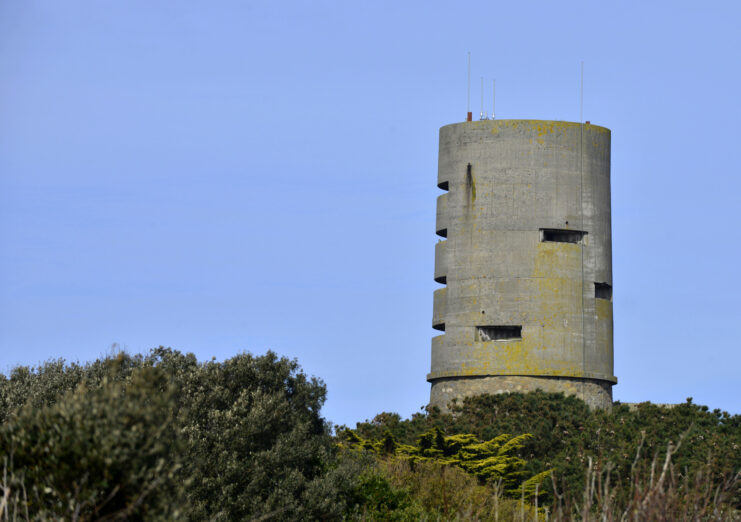
While the Führer had grabbed this part of the UK and defended it with masses of soldiers and equipment, in reality it had little strategic value for the Allies. One ponders the question: if he had spent much of that time and effort on the Normandy beaches, would it have been a different story?
Seventy-nine years after the island was freed, that liberty is still remembered by its population. What makes it even more special is that it got that freedom on May 9, 1945, unlike the rest of Europe on May 8! The Allies needed to travel by the Channel Islands in their plans for the Normandy invasion, and the islanders even had to wait for freedom one extra day.
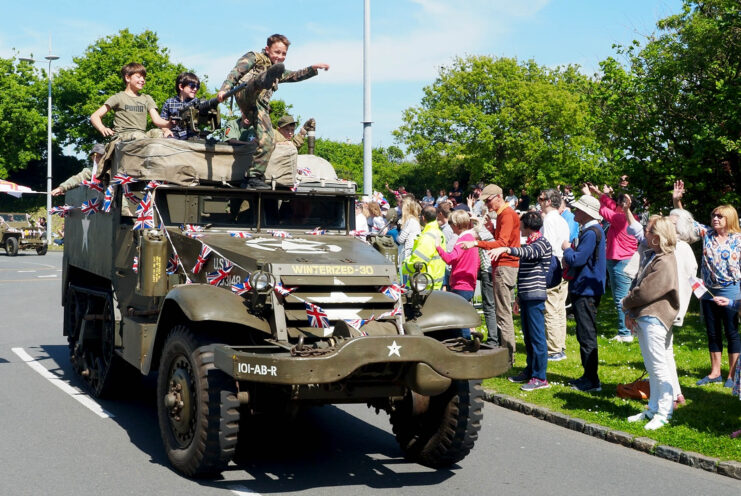
Guernsey’s liberation is still very much remembered, and the holiday brings the island together to mark this special day. The day starts with a siren sounding over the capital of St. Peter Port at 9:00 AM. At 10:00 AM, there’s a parade and military march along the harborside, which was where the first civilian casualties happened on June 28, 1940.
It was back on that day that lorries lined up along the harborside carrying tomatoes. A crop that was a major export for the island, these were bombed by the Germans, who thought they were a military convoy. In all, 33 were killed and 67 people were injured.
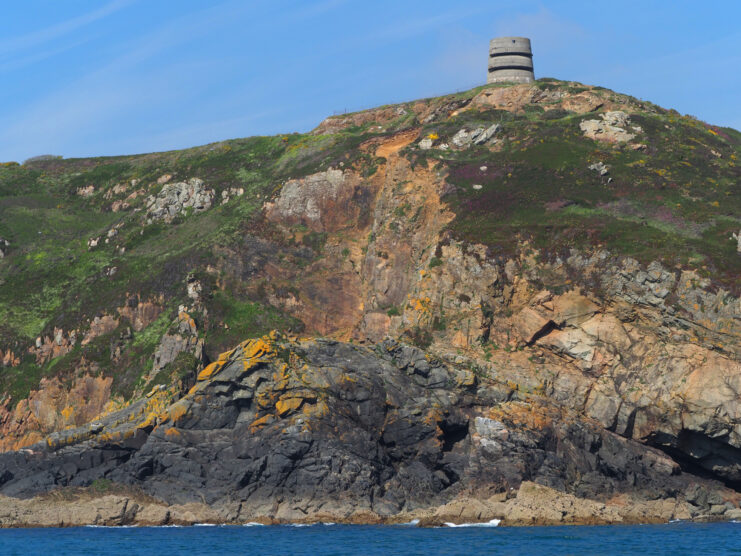
The Channel Islands had previously been demilitarized by the British, as they had no real benefit, in terms of the security and overall defense of the UK. A full invasion then followed on June 30, 1940, with some 12,000 troops stationed there. Full-on military law was brought in, and Guernsey’s residents had to spend the next five years under enemy rule.
Islanders’ cars and other vehicles were confiscated, as were their civilian radios, cameras, etc. The time zone was altered, too, and they even had to switch from driving on the left to driving on the right! Every person over the age of 14 was forced to carry an ID card and, soon, Jewish islanders started to be identified and rounded up.
In October, the first laws were passed stating that all Jews had to make themselves known to the authorities and, if not, they would face fines or imprisonment. In all, nine anti-Semitic laws were passed during the occupation.
One Jewish woman did manage to hide in plain sight. Miriam Jay survived and may have been the lover of former Guernsey law official George Ridgeway. She died in 1978, in England.
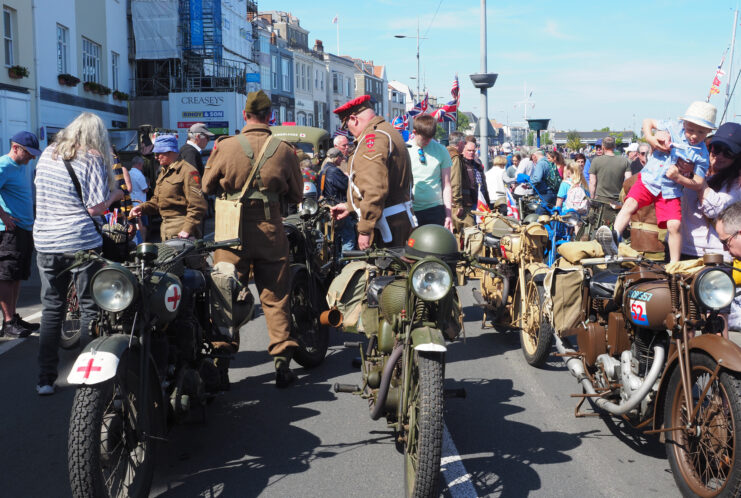
The Führer literally poured in masses of concrete, along with funds and equipment to prevent its recapture by the British. The amount of concrete used in this one tiny island was 10 percent of the whole of the Atlantic Wall, a defensive wall of over 3,000 miles!
The fortifications and bunkers that are now tourist sites were started as soon as the German military arrived. In all, some 6,000 forced laborers were brought to Guernsey to construct the huge series of literally hundreds of bunkers and numerous extensive tunnel complexes under the island.
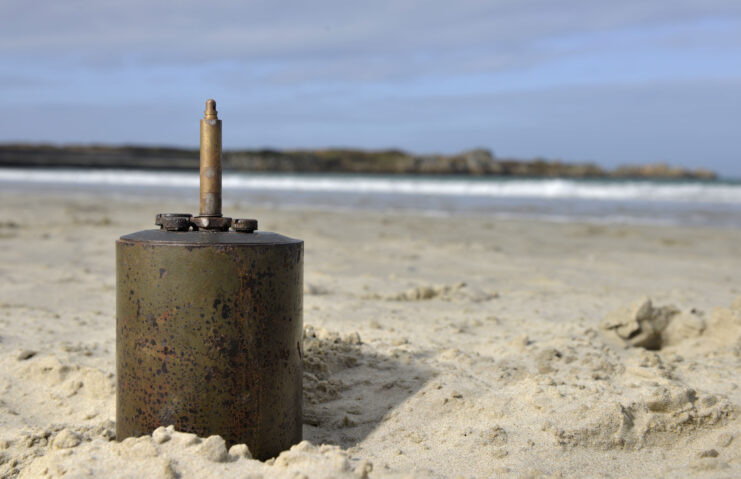
The highlights are many. There are gunnery observation towers scattered along the cliff tops; these range-finding and look-out towers are massive concrete constructions and hard to miss. The naval range finding tower at Pleinmont, some five stories, was actually built on top of an existing Martello tower fortification. These towers were all part of the gunnery fire control support, a series of batteries located around some of the higher points on the island.
Certainly the most impressive was Batterie Mirus. Here, there are four 30.5-cm guns, which had been removed many years ago from a Russian battleship. These fell into German hands after the invasion of Norway and were found on the SS Nina and then moved to Germany to be converted for land use by Krupps.
These were brought to the island via St. Malo and moved to the location with the use of several massive, almost kit, cranes to put the 50-ton barrels together with their new modified breeches and housing. Once in place, the guns were able to fire some 50 km, which meant any ship heading to the Channel Islands or St. Malo Bay area was at risk.
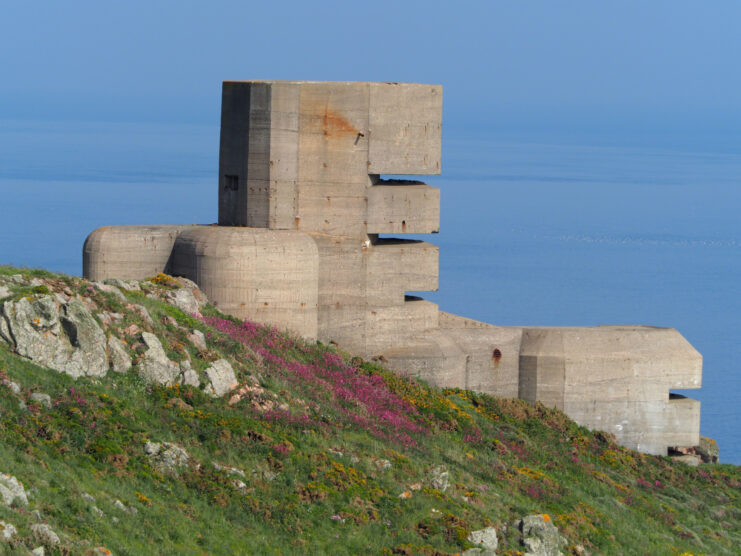
One of the guns was camouflaged by having the turret covered with what appeared to be a house, another a cottage, and the other two used netting and fake trees. The battery fired relatively few times during the war. At times, when it was fired, there were several instances when shells as much as 250 kg were shot, and the recoil caused severe damage to the mounting, which needed to be repair.
The mounting bowl allowed for a rotation of 360 degrees. Each associated position had cordite and ammunition stores; fuel, generator and ventilation rooms; heating plants; accommodation for officers and men; showers; toilets; and general storage rooms. Many of the walls are one-and-a-half meters thick, and all had steel mess reinforcing.
Another smaller battery, called Batterie Dollmann, is closer to the coast, where its four guns could fire around 22 km from its 22-cm barrel. Once found at the bottom of a cliff, the restored gun is now displayed in one of the gun pits. On the island, there were nine similar batteries.
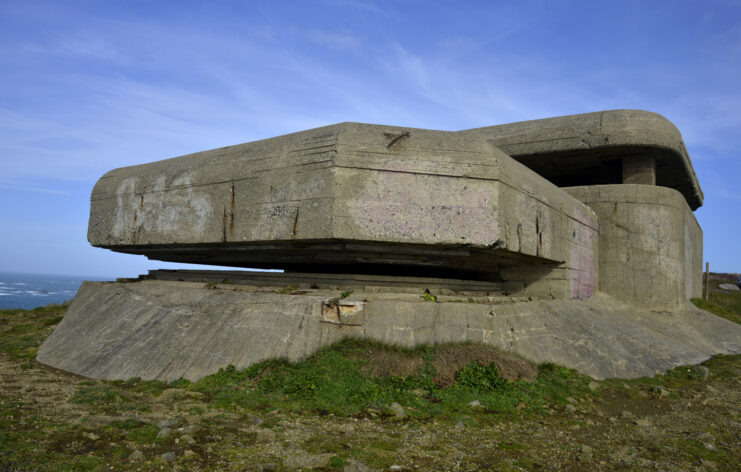
There are also several tunnel complexes dug into Guernsey, the largest being a former weapons and explosives storage area at the German Underground Hospital, and there’s a maze of some 75,000 square feet in the center of the island. Now called the La Valette Underground Military Museum, it once housed U-boat fuel and, like the Underground Hospital, is open to the public from April, until around November.
Volunteers have undertaken a restoration of the island, called “Festung Guernsey” (Fortress Guernsey). This historical group still maintains and keeps the bunkers and tunnels in repair, and uses them to tell the story of when part of the UK was under enemy rule! Paul Bourgaize, who has a US Navy “Willies” Jeep, is also a member of Festung Guernsey and runs the largest part, which is the Underground Hospital.
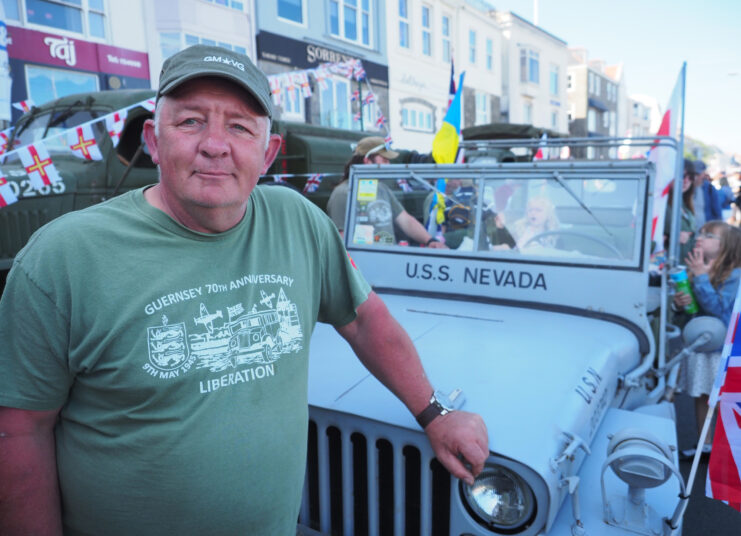
On key days, like Liberation Day, the whole of the island comes together to remember those who didn’t make it through that five-year period. However, they still want to be able to tell those who are much younger about the history of those terrible days. Next year will be a very special day, as it will be the 80th anniversary of Liberation Day.
One of the military cavalcade organizers, Tony Froome, says, “There could be around 50 more vehicles coming over for next year’s 80th event and, including our own, should make around 100.”
As well as the day itself, organizers want to extend the whole Liberation anniversary to around a week, and there are plans being put in place now to make that happen. They hope to attract visiting World War II-era military vehicles enthusiasts to attend their military cavalcade, which will tour the whole island.
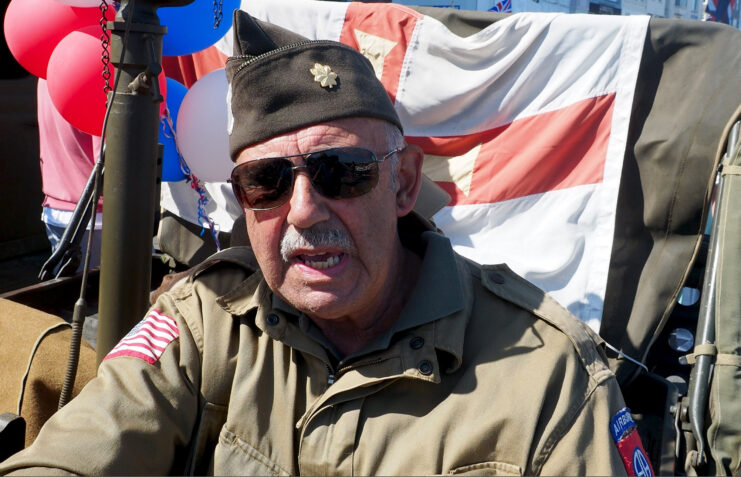
Accommodations for the trip were provided by the Old Government House Hotel and La Fregate Hotel. More information about Guernsey can be found via the island’s tourism website.
More from us: Ajax to Make Public Running Debut At TANKFEST 2024
Guernsey can be reached from numerous regional airports within the UK. As well, there’s a direct airline from Paris, too. There are ferries from Poole, Dorset, and also ferries from St. Malo, in France.
